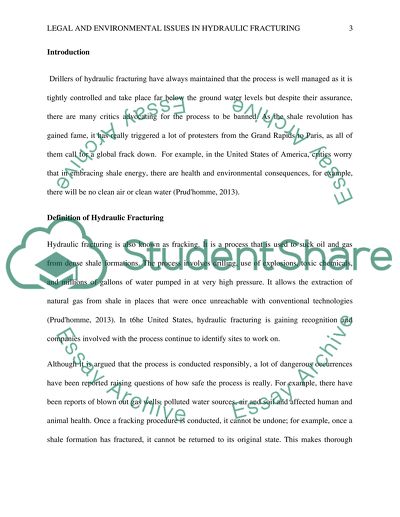Cite this document
(“Legal Issues in Hydraulic Fracturing Research Paper”, n.d.)
Retrieved from https://studentshare.org/law/1495693-legal-issues-in-hydraulic-fracturing
Retrieved from https://studentshare.org/law/1495693-legal-issues-in-hydraulic-fracturing
(Legal Issues in Hydraulic Fracturing Research Paper)
https://studentshare.org/law/1495693-legal-issues-in-hydraulic-fracturing.
https://studentshare.org/law/1495693-legal-issues-in-hydraulic-fracturing.
“Legal Issues in Hydraulic Fracturing Research Paper”, n.d. https://studentshare.org/law/1495693-legal-issues-in-hydraulic-fracturing.


